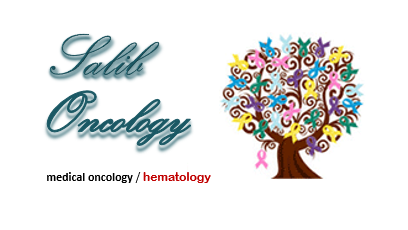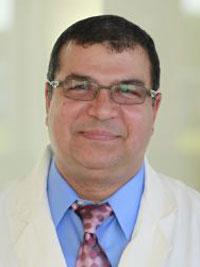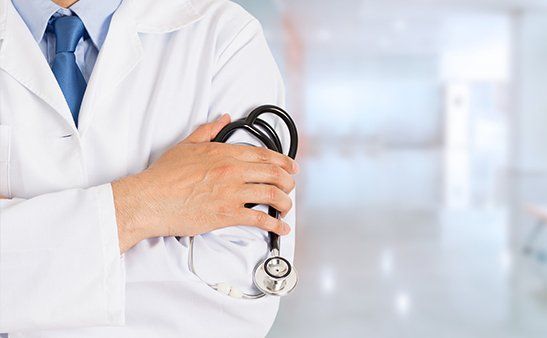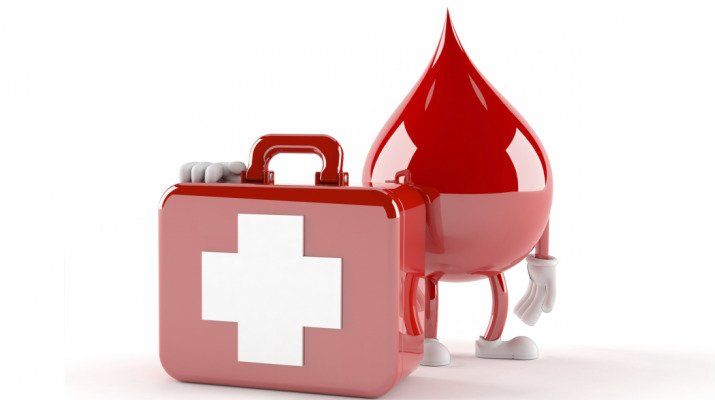Hematology Oncology
A hematologist is a doctor who specializes in researching, diagnosing, treating,
and preventing blood disorders and disorders of the lymphatic system
(lymph nodes and vessels).
If your primary care physician has recommended that you see a hematologist, it may be because you are at risk for a condition involving your red or white blood cells, platelets, blood vessels, bone marrow, lymph nodes, or spleen.
Blood Disorders
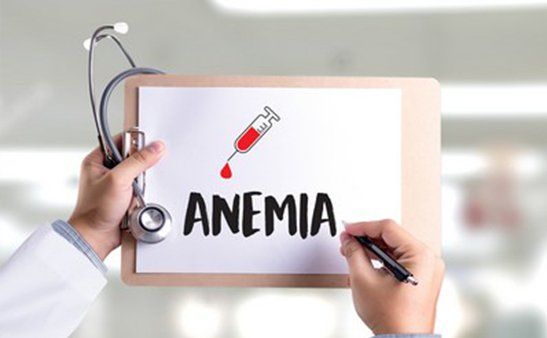
What is anemia?
Basically defined as low hemoglobin, there are different types of anemia with different causes.
The most common cause of anemia in our population is iron deficiency anemia and it is very common that people are not aware that they are affected. It is simple to correct this type of anemia by taking iron; however, other etiologies of anemia are related to B12 or folate deficiency. Some of them also related to the breakdown of the blood inside our body.
Some etiologies of anemia can come also from not producing blood and in which the bone marrow itself is not making blood for one reason or another. To correct anemia, we need to find that etiology behind it.
Symptoms of anemia include being very tired no energy, sleeping most of the day, and shortness of breath. Sometimes fainting can happen - we call this syncope. Occasionally, people can get chest pain because of low blood counts.
Your blood is needed for every organ in your body, including the heart and the brain. This is why some people with anemia may feel dizzy and can faint. Anemia can also cause some chest pain.
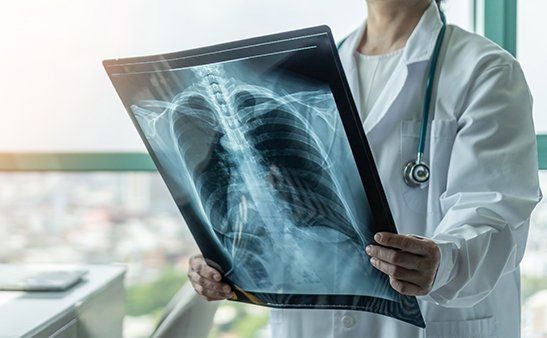
Deep Vein Thrombosis/Pulmonary Embolus
Deep vein thrombosis (DVT) occurs when a blood clot (thrombus) forms in one or more of the deep veins in your body, usually in your legs. Deep vein thrombosis can cause leg pain or swelling but also can occur with no symptoms.
When deep vein thrombosis stays too long in the lower extremities, it affects the valves of the veins and could result in chronic venous insufficiency.
Pulmonary embolism (PE) occurs when a blood clot gets lodged in an artery in the lung, blocking blood flow to part of the lung. Blood clots most often start in the legs and travel up through the right side of the heart and into the lungs. This is called DVT.
There are three main goals to DVT treatment:
- Prevent the clot from getting bigger.
- Prevent the clot from breaking loose and traveling to the lungs.
- Reduce your chances of another DVT
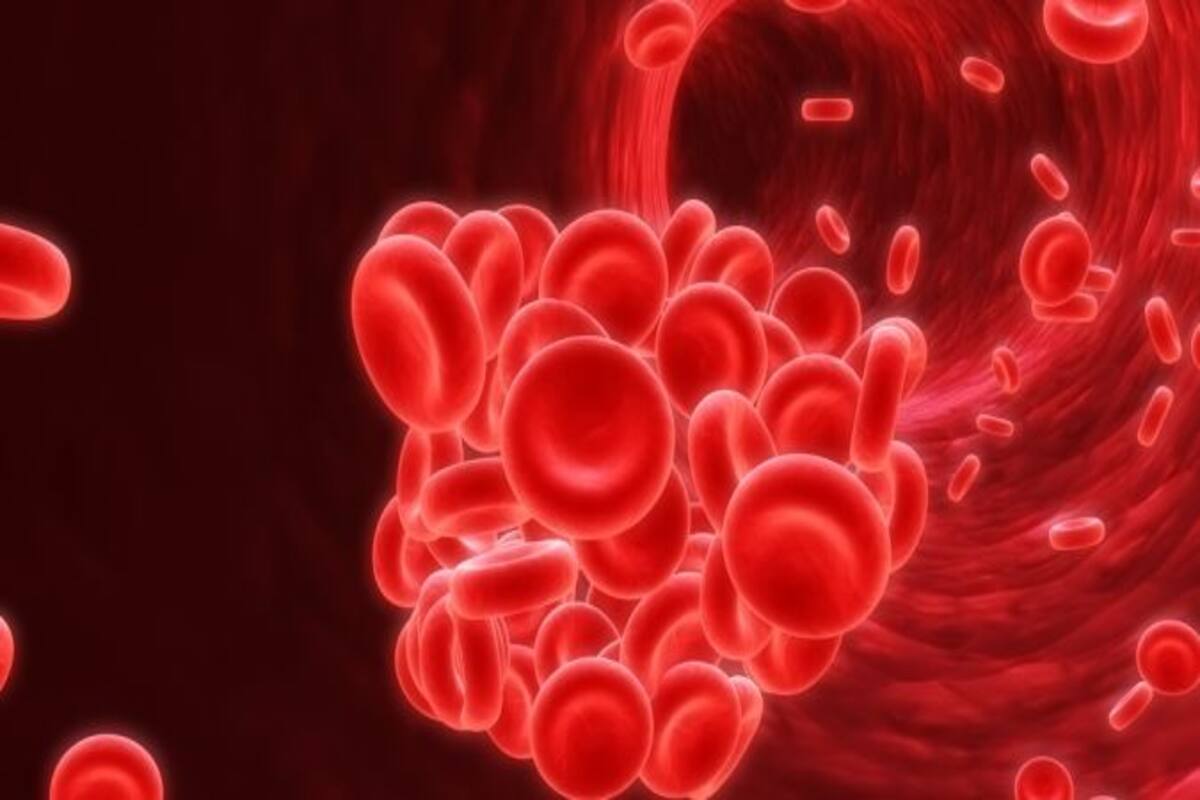
Hypercoagulable States
If you cut yourself, your body stops the bleeding by forming a blood clot. Proteins and particles in your blood, called platelets, stick together to form the blood clot. The process of forming a clot is called coagulation. Normal coagulation is important , as it helps stop a cut from bleeding and starts the healing process.
However, if blood tends to clot too much, it is referred to as a hypercoagulable state or thrombophilia.
Hypercoagulable states can be dangerous, especially when these conditions are not properly identified and treated. People with hypercoagulable states have an increased risk for blood clots developing in the arteries (blood vessels that carry blood away from the heart) and veins (blood vessels that carry blood to the heart).
A clot inside a blood vessel is also called a thrombus or an embolus.
Blood clots in the veins or venous system can travel through the bloodstream and cause deep vein thrombosis (a blood clot in the veins of the pelvis, leg, arm, liver, intestines or kidneys) or a pulmonary embolus (blood clot in the lungs).
Blood clots in the arteries can increase the risk for stroke, heart attack, severe leg pain, difficulty walking, or even the loss of a limb.
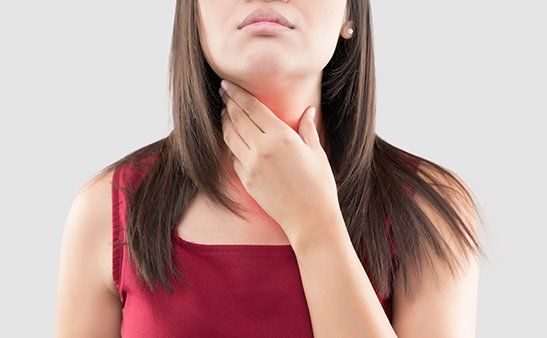
Lymphatic Cancer
The lymphatic system is our body's disease-fighting network and includes the lymph nodes, spleen, thymus gland, and bone marrow.
The main types of lymphoma are Hodgkin's lymphoma and non-Hodgkin's lymphoma.
Symptoms include enlarged lymph nodes, fatigue, and weight loss.
Treatment may involve chemotherapy, medication, radiation therapy, and rarely stem-cell transplant.
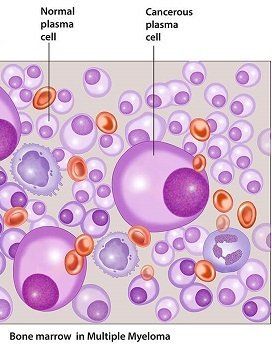
Multiple Myeloma
In multiple myeloma, the overgrowth of plasma cells in the bone marrow can crowd out normal blood-forming cells, leading to low blood counts.
This can cause anemia (a shortage of red blood cells).
People with anemia become weak and fatigued.
Multiple myeloma can also cause the level of platelets in the blood to become low (called thrombocytopenia). This can lead to increased bleeding and bruising.
Another condition that can develop is leukopenia (a shortage of normal white blood cells). This can lead to problems fighting infections. Normal plasma cells produce antibodies that attack germs. In multiple myeloma, the myeloma cells crowd out the normal plasma cells, so that antibodies to fight the infection can’t be made. The antibody made by the myeloma cells does not help fight infections.
Bone and calcium problems can occur due to Multiple Myeloma. Myeloma cells interfere with cells that help keep bones strong. Bones are constantly being remade to keep them strong. Two kinds of bone cells work together to keep bones healthy and strong:
Osteoclasts break down old bone and Osteoblasts lay down new bone.
Myeloma cells make a substance that tells the osteoclasts to speed up dissolving the bone. So old bone is broken down without new bone to replace it, making the bones weak and easy to break. Fractured bones are a major problem in people with myeloma. This increase in bone break-down can also raise calcium levels in the blood.
Myeloma cells make an antibody that can harm the kidneys, leading to kidney damage and even kidney failure.
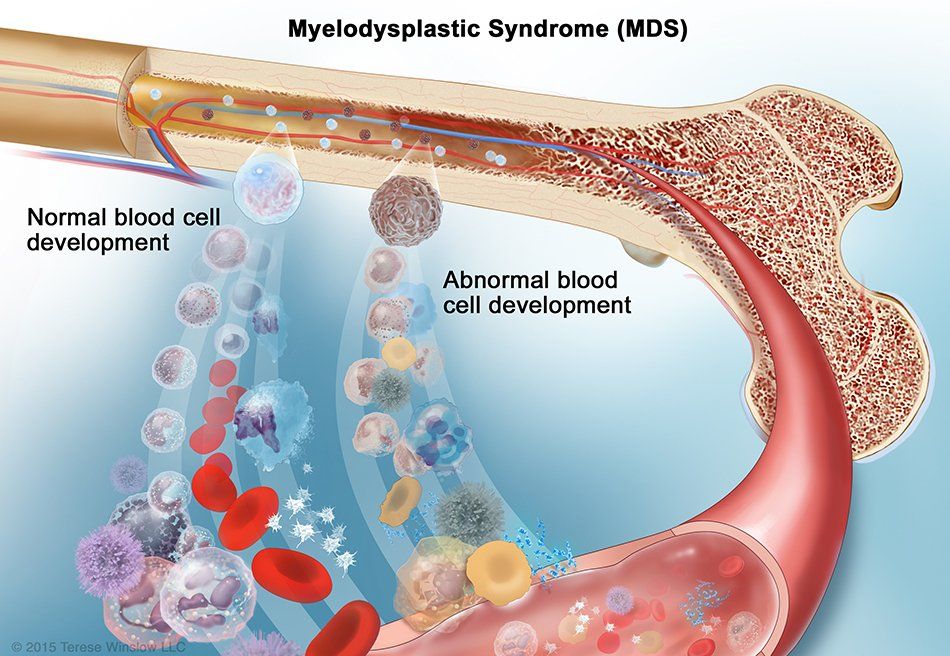
Myelodysplastic syndrome
Myelodysplastic syndromes (MDS) are conditions that can occur when the blood-forming cells in the bone marrow become abnormal. This leads to low numbers of one or more types of blood cells. MDS is considered a type of cancer.
Bone marrow is found in the middle of certain bones. It is made up of blood-forming cells, fat cells, and supporting tissues. A small fraction of the blood-forming cells are blood stem cells. Stem cells are needed to make new blood cells.
There are 3 types of blood cells: red blood cells, white blood cells, and platelets.
Red blood cells pick up oxygen in the lungs and carry it to the rest of the body. These cells also bring carbon dioxide back to the lungs. Having too few red blood cells is called anemia. It can make a person feel tired and weak and look pale. Severe anemia can cause shortness of breath.
White blood cells (also known as leukocytes) are important in defending the body against infection. Low white blood cells can lead to severe infections.
Monocytes are also important in protecting the body against germs.
Lymphocytes make proteins called antibodies that help the body fight germs. They can also directly kill invading germs. Lymphocytes are not usually abnormal in MDS.
Platelets are thought of as a type of blood cell, but they are actually small pieces of a cell. They start as a large cell in the bone marrow called the megakaryocyte. Pieces of this cell break off and enter the bloodstream as platelets. You need platelets for your blood to clot. They plug up damaged areas of blood vessels caused by cuts or bruises. A shortage of platelets, called thrombocytopenia, can result in abnormal bleeding or bruising.
In MDS, some of the cells in the bone marrow are abnormal (dysplastic) and have problems making new blood cells. Many of the blood cells formed by these bone marrow cells are defective. Defective cells often die earlier than normal cells, and the body also destroys some abnormal blood cells, leaving the person without enough normal blood cells. Different cell types can be affected, although the most common finding in MDS is a shortage of red blood cells (anemia).
Are you tired of being tired?
Fatigue is a feeling of weariness, tiredness, or lack of energy.
Fatigue is different from drowsiness.
In general, drowsiness is feeling the need to sleep, while fatigue is a lack of energy and motivation.
Drowsiness and apathy (a feeling of indifference or not caring about what happens) can be symptoms that go along with fatigue.
Fatigue can be a normal and important response to physical exertion, emotional stress, boredom, or lack of sleep. However, it can also be a nonspecific sign of a more serious psychological or physical disorder. When fatigue is not relieved by enough sleep, good nutrition, or a low-stress environment, it should be evaluated. Fatigue is a common symptom and is usually not due to a serious disease.
The pattern of fatigue may help your doctor determine its underlying cause. For example, if you wake up in the morning rested but rapidly develop fatigue with activity, you may have an ongoing physical condition like an underactive thyroid. On the other hand, if you wake up with a low level of energy and have fatigue that lasts throughout the day, you may be depressed.
Fatigue can be a normal and important response to physical exertion, emotional stress, boredom, or lack of sleep.
However, it can also be a nonspecific sign of a more serious psychological or physical disorder.
When fatigue is not relieved by enough sleep, good nutrition, or a low-stress environment, it should be evaluated. Fatigue is a common symptom and is usually not due to a serious disease.
The pattern of fatigue may help your doctor determine its underlying cause.
For example, if you wake up in the morning rested but rapidly develop fatigue with activity, you may have an ongoing physical condition like an underactive thyroid.
On the other hand, if you wake up with a low level of energy and have fatigue that lasts throughout the day, you may be depressed.






